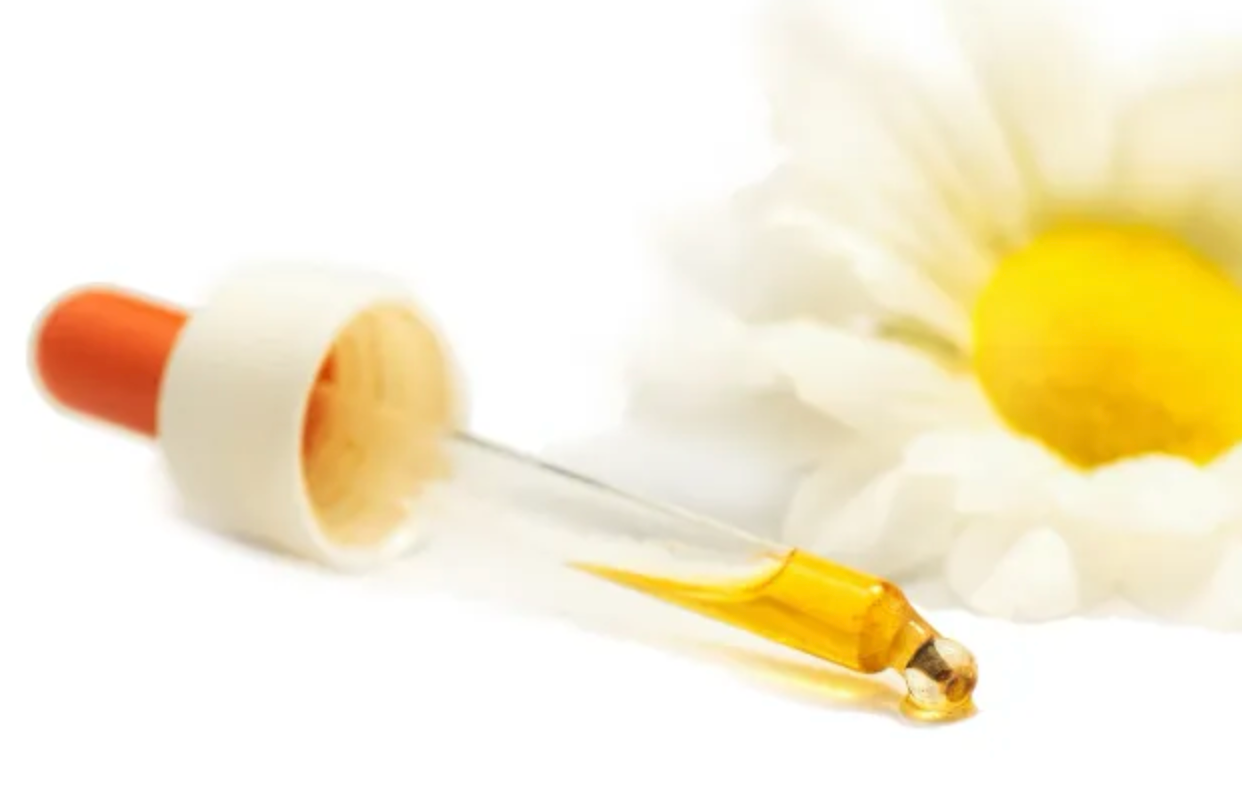
Explaining Cosmetics Allergens
Did you know that anyone can develop an allergy at any age to virtually any substance? An allergic reaction is the body’s way of responding to an “invader.” When the body senses a foreign substance, called an antigen, the immune system is triggered. The immune system normally protects the body from harmful agents such as bacteria and pathogens. Its overreaction to an otherwise harmless substance (an allergen) is called a hypersensitivity, or allergic, reaction. Anything can be an allergen, including dust, pollen, plants, medications, foods (milk, shellfish, peanuts, etc.), insect bites and animal dander.
Cosmetics and personal care products manufacturers invest heavily in safety, quality control and product testing before releasing products to market. These products are safe for most users. A small percentage of individuals, however, may still experience adverse reactions, such as allergy symptoms. The most common allergens are some fragrance, preservative and hair dye ingredients. Allergic reactions most often appear as itchy, red rashes on the skin – also known as contact dermatitis. Symptoms can range from mild discomfort to life-threatening anaphylaxis.
The best way to prevent an allergic reaction is to know what you are sensitive to and how to avoid it. One way to do this is by carefully reading the product ingredient label and avoiding ingredients you know (or think) you are allergic to. While terms like “hypoallergenic,” “fragrance-free” or “for sensitive skin” can be helpful for some consumers, just remember that there is no “one size fits all” when it comes to allergies; everyone’s immune system has the potential to respond differently to different substances.
Regardless of known or suspected allergies, you should always check labels before using any product and follow manufacturer instructions, applying only as directed. Manufacturers of certain hair dyes, for example, instruct users to first test a small amount of product on their skin before applying it more broadly. Reading the label is important even if you are not prone to contact dermatitis or have purchased the product before.
If you have taken all appropriate precautions and still experience irritation or an allergic reaction, stop using the product immediately and contact the manufacturer via the listed toll-free phone number or website. The company can provide additional information that may help you and your health care provider determine the cause of your reaction and best course of action.
*Seek immediate medical attention if you experience any symptoms of anaphylaxis – including shortness of breath, trouble swallowing, lightheadedness, chest pain, a rapid or weak pulse, nausea and vomiting or lack of consciousness.
The Most Common Allergens in Beauty Products—and How to Know If They're Affecting You
If you have sensitive skin, you likely already take precautions to actively seek out products that are labeled as hypoallergenic—but that might not be enough. "The FDA does not have the legal authority to approve cosmetic products and ingredients (other than color additives) before they go on the market," says Dr. David Lortscher, dermatologist and CEO of Curology. "There is no regulation specifically defining the use of the term 'hypoallergenic, nor for the labels 'safe for sensitive skin' or 'allergy tested.' Manufacturers might make those claims, even if they have no supporting evidence." That's why, he says, it's important to read the individual ingredients on a product label to ensure it doesn't have anything in it that could be irritating—especially if you have a history of reactive skin.
There is, however, a difference between temporary irritation and an allergy. The former might occur as your skin adjust to a product, while the latter will persist. "To tell the difference between the two, it may take some trial and error and experience over time," Dr. Lortscher says. "When your skin has calmed down, you can create your own patch test. Apply a small amount of product to the inner part of your upper arm twice daily for three days. If you have no reaction, go ahead and try it on your face or body." Using this patch test method is a safe way to (slowly) incorporate new products into your routine.
Another major detail to note? Just because a product is labeled as natural or organic doesn't mean it won't be irritating. "An ingredient source does not determine its safety," Dr. Lortscher says. "For example, many plants that you likely would consider to be 'natural' contain substances that may be toxic or allergenic—think poison ivy!" Here, Dr. Lortscher lays out the most common allergens in beauty products—and how to spot them before you incorporate them into your routine.
Fragrance
Dr. Lortscher says fragrance is one of the most common causes of allergic contact dermatitis in skincare products. "Fragrance can contain hundreds of components, and companies are not required to disclose all the ingredients that make up what's labeled as 'fragrance,'" he says. Fragrance-free is also not the same as unscented (unscented products might contain masking fragrances that neutralize perfume). Between the two, "fragrance-free is the better option if you have sensitive skin."
Parabens
"Parabens are a group of synthetic compounds commonly used as preservatives in a wide range of personal care products," Dr. Lortscher says. "They might cause an allergic reaction in certain people, and are more likely to irritate those with existing skin issues like eczema, psoriasis, and contact dermatitis."
Sulfates
Sodium laureth sulfate and sodium lauryl sulfate are two common skincare, bath, and hair product ingredients that also may cause rashes and itching. "Those with acne-prone or sensitive skin should avoid them," he says.
Dyes
Dyes—most often found in hair products and more pigmented cosmetics—are another culprit; The dye ingredient which most often causes allergic reactions is paraphenylenediamine (PPD), he says.
Benzyl Alcohol
"Benzyl alcohol is used for its fragrance, preservative abilities, and antimicrobial action," Dr. Lortscher says. "In rare cases, it can cause a hive-like reaction."
Essential Oils
Last but not least? Essential oils. "They're highly concentrated substances that are extracted from various trees and plants for their fragrance and antimicrobial action," Dr. Lortscher says. "Tea tree oil is the most common essential oil allergen. Steer clear of products containing essential oils if your skin tends to be sensitive."
For more information, please contact us or visit us at: https://www.epilynx.com/
Dr. Liia
(collection of various articles, please see references below)
References:
For additional information about cosmetic allergens, please use the resources below.
https://www.marthastewart.com/2220597/beauty-products-common-allergens
https://www.cosmeticsinfo.org/blog/explaining-cosmetics-allergens/?gclid=Cj0KCQjw8uOWBhDXARIsAOxKJ2Exij4MKDPWFqVPIvhvOj1_A8Hlcx9-knGRO6WpUjcvwAWzSk-cB-saAqdIEALw_wcB
CosmeticsInfo.org: Fragrance Products
Personal Care Products Council: Voluntary Fragrance Ingredient Disclosure Guideline


